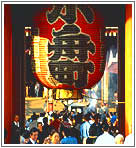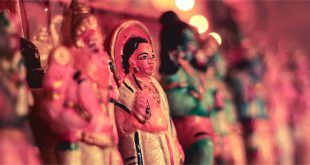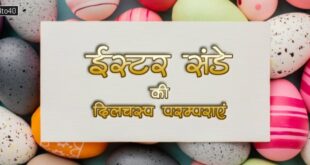 O-Shogatsu – Japanese New Year, unfolds over 3 days starting on January 1st, and is an official national holiday. The Japanese New Year is a three-day series of community and family events revolving around themes of good fortune and “firsts.”
O-Shogatsu – Japanese New Year, unfolds over 3 days starting on January 1st, and is an official national holiday. The Japanese New Year is a three-day series of community and family events revolving around themes of good fortune and “firsts.”
Many O-Shogatsu rituals are celebrated in a community and family context and there is little emphasis on sharing them with those outside the culture. An acknowledgment or greeting may be welcome, but Japanese Americans do not expect particular accommodations to be made for O-Shogatsu.
O-Shogatsu falls around the same time as the official New Year in the United States, when most businesses are closed. Employees who wish to spend the holiday in Japan may need to take a couple of extra vacation days, or exchange holiday flextime, to travel. The holiday is generally not as significant for Japanese living outside the country, although it may be observed by Japanese American families and Japanese immigrant and expatriate communities through prayer services at local Buddhist temples, or other holiday festivities. Ceremonies and celebrations will generally be scheduled during the evening or weekends.
This is a major official holiday in Japan, with government offices, banks, schools and businesses closed. Closings begin on December 29 and continue through January 3, though the official public holiday is from January 1-3. The holiday’s impact is so widespread that convenience stores are generally closed as well. Some department stores open back up on January 2, and may have sales. It is advisable to make hotel accommodations in advance. Smaller hostels and inns are generally booked. Although a few entertainment outlets and restaurants may be open for business, many close. Most people stay home or return to country residences to be with family, and it is inconvenient to schedule business meetings during this time-both business leaders and their clients are usually spending this time with family.
Traffic is a major issue throughout the holiday, and it is generally advisable not to travel by car, if possible, primarily for two reasons:
-
People travel between cities and central family residences on December 29-30 and January 3. This means that what is normally a one-hour drive can take up to 10 hours. Traveling to and from Osaka or Tokyo is to be avoided;
-
During January 1 and 2, families across Japan visit shrines and temples, which can become extremely crowded. Visitors to shrines or temples are also advised to be aware of pickpockets.
Background History:
Like other New Year observances around the world, the holiday centers around renewal and hopes for good fortune. From Omisoka (New Year’s Eve) through January 7, people visit shrines and temples to pray for happiness in the year to come. This “first visit” is called Hatsumode and is more of a cultural custom than a religious practice.
In accordance with Buddhist principles, shortly before midnight on New Year’s Eve, temple bells are rung 108 times-8 times in the old year and 100 times in the new-for the 108 sins defined by the Buddhist belief system. The Japanese New Year features a number of customs, including otoshi-dama (new year treasure), a gift of money to children in decorated envelopes; a special meal called osechi-ryori where each food has a symbolic meaning; and the tradition of pounding rice into cakes called mochi. Decorative items include kadomatsu, made of pine branches, bamboo and straw hung at house entrances as a symbol of longevity. Nengajo, New Year’s postcards delivered all around the country on January 1.
 Kids Portal For Parents India Kids Network
Kids Portal For Parents India Kids Network





